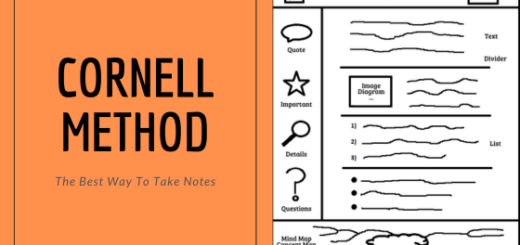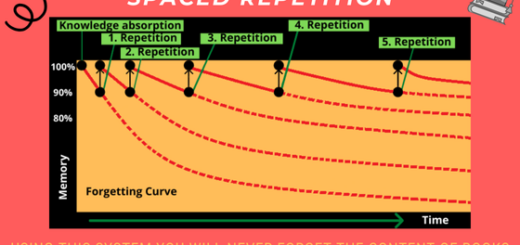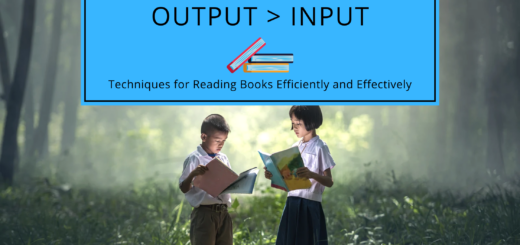How To Read Scientific Books
Reading scientific books is quite different from reading other types of books, as they cannot simply be read cover-to-cover like continuous text. Instead, it’s essential to understand each piece of information and fit it into context. This requires engaging with the book deeply, actively reflecting on what you’ve read, and sometimes flipping back and forth between concepts to connect them.
Working through scientific books involves comprehending, retaining, and practicing the methods and concepts described. You should always first understand information before memorizing it, as simply knowing a formula or method is useless if you don’t know when and why to apply it. Understanding also makes memorization easier, as it allows you to derive many formulas or steps.
Understanding Scientific Books
To understand a concept, try visualizing its individual components and describing their interconnections. You might even imagine yourself as the center of the concept. For instance, when studying an electric circuit, you could picture yourself as one of the electrons. You might also create a drawing or a concept map to represent and track these connections. For multi-step methods, checklists and flowcharts can help outline each step in the process. These sketches not only aid in understanding but also in applying, memorizing, and reviewing what you’ve read.

After summarizing a method or concept, you can explain it in greater detail using the Feynman technique. Describe the concept as simply and clearly as possible, using sketches, images, notes, and explanations. Explain particularly why and how the method is used. Provide examples, as well as special cases, and point out other methods or concepts related to the topic. You could also research the concept’s origin, explore why and how it was developed, what problem it addresses, and what the inventor says about it. This often provides a new perspective, making it easier to remember the concept’s underlying idea. To structure your explanation, you could use the Cornell method, writing subheadings and questions in the left column and the corresponding explanation in the right. When reviewing, cover the right column and try to reproduce the information based on the questions or headings in the left column, which allows you to self-test effectively.

When testing yourself, try recalling all key information about the concept from memory. Essential points include what the concept explains, its structure, the cases where it’s used, and the steps needed to apply it. You can also verify your understanding by explaining the concept using the Feynman technique to someone unfamiliar with the field, either in written or oral form. If the person doesn’t understand your explanation, revise it accordingly. The benefit of this method is that the other person’s questions and confusions highlight areas for improvement and reveal any gaps in your own understanding.
Practice and Application of Concepts
Next, apply the methods and concepts on your own, practicing different types of problems that require various methods and solutions. This not only teaches you how to apply a method but also how to choose the correct one for solving a problem. You could, for example, open a random page in the book and practice the problem on that page, or select a random problem from the exercises section if the book includes one. Another approach is to write sample problems on the front of flashcards and the solutions on the back. You might use an app like Anki to manage the flashcards, practicing with spaced repetition by solving each problem in writing and comparing your answer with the solution.
Memorization of Formulas and Concepts
Once you have understood and practiced the concepts, focus on memorizing the key elements. Using flashcards with spaced repetition, write the concept name on the front and a Feynman-style explanation on the back. You can also memorize formulas and units by converting numbers into mental images using the major system, creating a memorable story. Mnemonics or rhymes are also effective for remembering formulas.

The loci method can be used to memorize the steps of a method or lists, such as the seven base units in physics or the periodic table. Additionally, metaphors and analogies are excellent tools for linking new concepts with familiar ideas. For example, a well-known analogy equates an electric circuit to the water cycle, helping with both understanding and memorization of the new concept.





